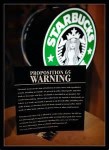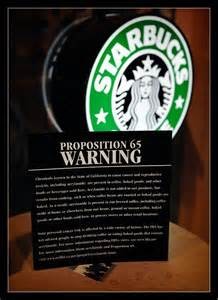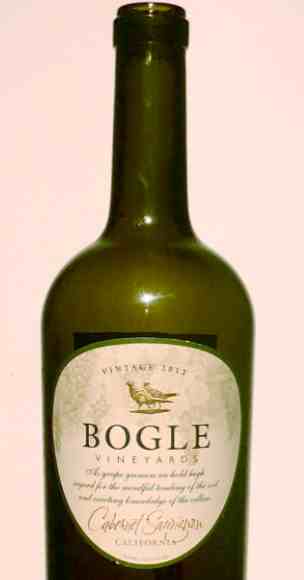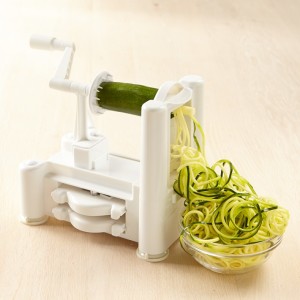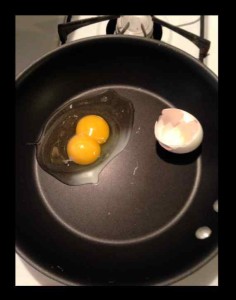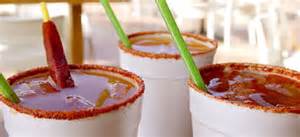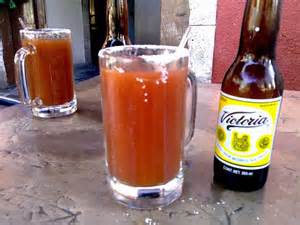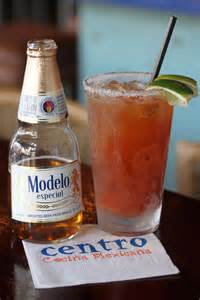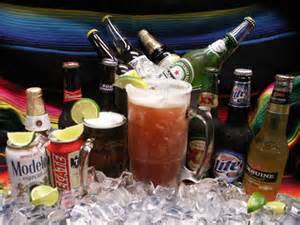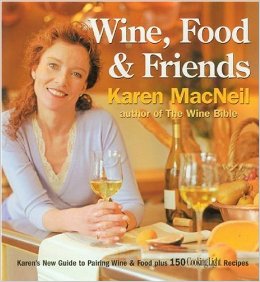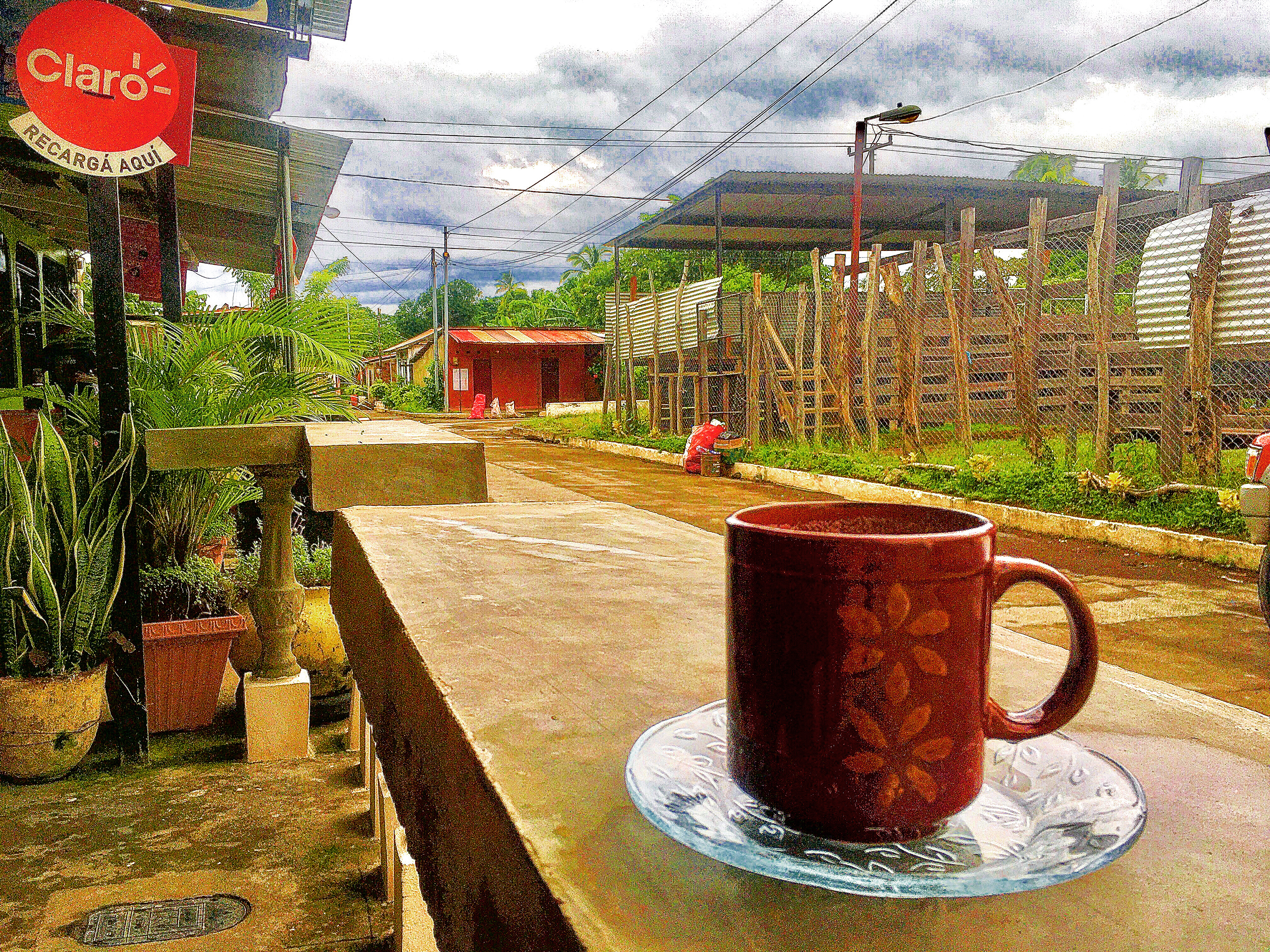Many people have created myths and formed opinions about Starbucks for posting the state regulated Prop 65 warning label. While exploring this topic the local Dogtown coffee barista told the Dude of Food ‘our coffee isn’t like Starbucks cancer coffee because our coffee is organic’, not realizing the warning comes from the bean roasting process and not the beans origins.
The following information may help shed some light on the subject of Prop 65 warning labels at coffee stores.
A little research shows that it’s not Starbucks fault. It may be possible Starbucks could alter their process and possibly avoid the warning altogether, but that would cost money, and is a different story.
The warning is prompted and occurs due to the following research.
Acrylamide is on the Proposition 65 list of chemicals known to the state to cause cancer or reproductive toxicity (such as birth defects and other reproductive harm).
For many years, acrylamide has been used in grouts and cements, pulp and paper production, ore processing, permanent-press fabrics and dye manufacturing. It is also used to produce polyacrylamide, which is used in water and wastewater treatment, soil conditioning and oil drilling. Acrylamide also is present in tobacco smoke.
In 2002, Swedish researchers discovered that acrylamide forms during the baking, frying, or roasting of certain kinds of foods, particularly starchy foods.
Acrylamide is not added to foods. It is a contaminant that forms during the baking, frying or roasting of certain plant-based foods. Boiling and steaming foods does not create acrylamide.
French fries, potato chips, other fried and baked snack foods, roasted asparagus, canned sweet potatoes and pumpkin, canned black olives, roasted nuts, coffee, roasted grain-based coffee substitutes, prune juice, breakfast cereals, crackers, cookies, bread crusts, and toast all contain varying levels of acrylamide.



